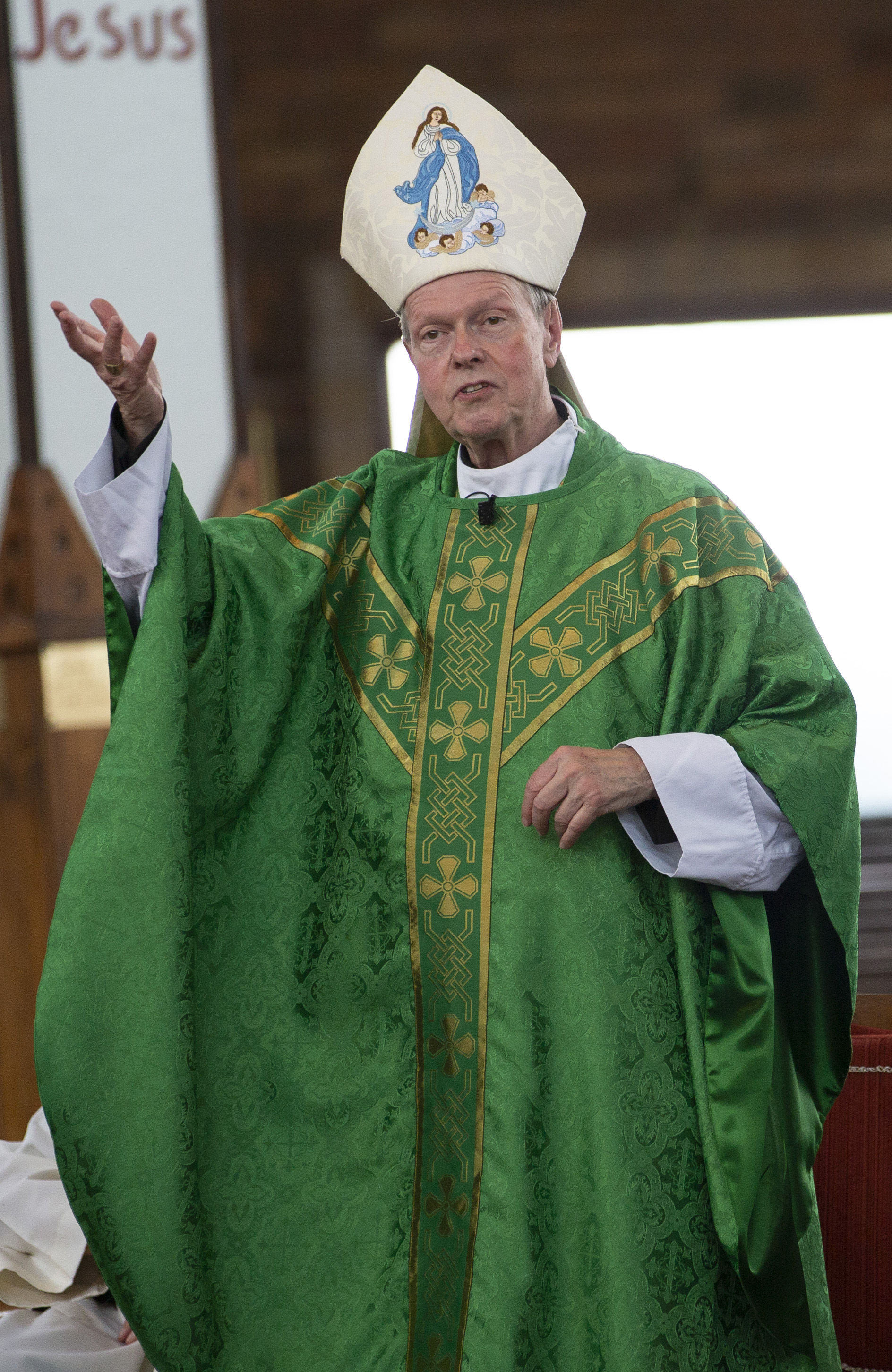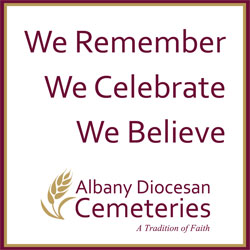October 12, 2022 at 12:55 p.m.
All Scripture is inspired by God and is useful for teaching, for refutation, for correction, and for training in righteousness, so that one who belongs to God may be competent, equipped for every good work.
With that in mind, how well do we know Sacred Scripture? How well do we as Catholics know the Holy Bible? When was the last time that you and I just picked up the Bible and just read it for the sake of reading it? I am aware that we know the story; we hear selections of it at Holy Mass. We read parts of it if we pray the Liturgy of the Hours (the official prayer book of the Church.) But when was the last time that we just read Sacred Scripture just as a story, just as a narrative?
Have you ever had the opportunity to read the Bible cover to cover, from Genesis to Revelation? It is a wonderful experience which can help us get to know the story of salvation history. May I offer you some suggestions on how to do it?
First, get a good Catholic Bible. Let’s focus on getting a good Bible in English. You want to get one that is translated into proper, contemporary English from the original Biblical languages of Aramaic, Hebrew and Greek. In addition, you want to get one that is Catholic, not a Protestant Bible. There is a difference between the number of books in the Protestant version of the Bible and the Catholic version. Remember, in a Protestant Bible, there are only 39 books in the Old Testament. A Catholic Bible has 46. We as Catholics add in what is called the Deuterocanonical books which include Tobit, Judith, 1 and 2 Maccabees, Wisdom, Sirach and Baruch as well as sections in the Books of Esther and Daniel which are not found in most Protestant Bibles.
To begin reading the Bible, perhaps you should get a copy of the Ignatius Bible: Revised Standard Version — Second Catholic Edition (Ignatius Press, 2005). This Bible is a jewel to be treasured. This edition was revised according to norms set forth in Liturgiam Authenticam (2002). The Ignatius Catholic Study Bible: New Testament (Ignatius Press, 2010) has some excellent notes by famous Catholic scholars Dr. Scott Hahn and Curtis Mitch. Another good translation with good notes is the New American Bible and it is available, notes and all, online on the U.S. Conference of Catholic Bishops’ website: http://www.usccb.org/bible/books-of-the-bible/index.cfm.
Now that you have a good Catholic version of the Bible in English, what should you do? Well, begin reading it! I know that it sounds simple, but many things in life are that simple! Make a plan — perhaps a chapter a day, beginning with the first book of the Old Testament, Genesis. My suggestion is to just dive into reading the Sacred Scriptures and do as much as you want each day. My only caveat: just be sure to do it every day, even if it is only for five or 10 minutes a day.
And, while you are reading it, getting to know the story, getting to know the people (Barack? Abimelech?), learning the places (Nineveh?), grasping the events that are in the narrative, write down any questions that you have. Check with the notes that are available in the Catholic Study Bible you are using to find out the answers. Join the Catholic Scripture study group that your parish may have. Sign up for some good Catholic adult education on Sacred Scripture offered by the Diocese or your parish.
Above all, just read the Bible. After all, you know the real author of this Good Book. And He really, really knows you, too. It’s a long book, with many different literary styles in it — laws, history, poems and stories, but, above all else, it’s a love story.
Father Cush is professor of dogmatic theology at Saint Joseph’s Seminary in Dunwoodie.
SOCIAL MEDIA
OSV NEWS
- Across the world, Christmas shines even — and especially — in the darkest places
- Full text: Pope Leo XIV’s ‘urbi at orbi’ message
- Full text: Pope Leo’s homily on Christmas Day
- Open your hearts to baby Jesus and one another, pope says on Christmas
- Scripture series by popular Catholic speaker offers deep dive into the person of Jesus
- To turn away others is to turn away God, pope says on Christmas Eve
- Arriving at the manger with Caryll Houselander
- Barrett discusses Dobbs decision, Roe’s ‘flawed’ reasoning, life at the court, her faith
- Bishop: To welcome immigrants is to follow God’s ‘divine command’ to care for the stranger
- Jesuit search, recovery of migrant remains finds bodies of 2 women in difficult desert terrain








Comments:
You must login to comment.